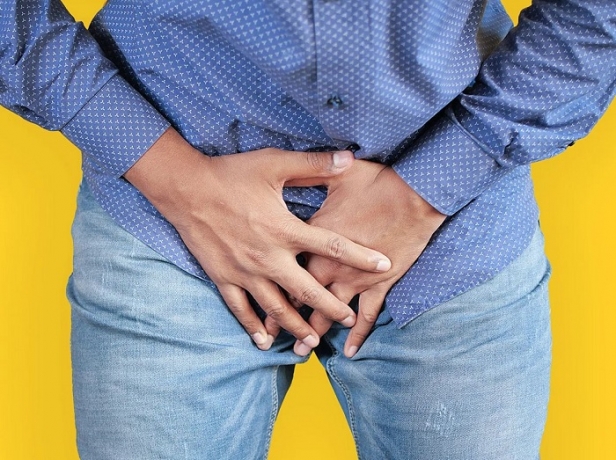Balanitis is a condition characterized by inflammation of the glans, or the head of the penis. It can cause redness, irritation, swelling, and discomfort. This condition may result from poor hygiene, infections, allergic reactions, or underlying health issues such as diabetes. Treating balanitis typically involves addressing the root cause, and topical treatments such as creams or ointments play a significant role in managing symptoms and promoting recovery.

How Do Topical Creams or Ointments Treat Balanitis?
Topical treatments for balanitis work by directly addressing the underlying causes of inflammation. Different types of creams or ointments target specific triggers, such as bacterial infections, fungal overgrowth, or skin irritation. Applying these treatments as prescribed helps reduce symptoms, restore skin health, and prevent further irritation.
Types of Topical Treatments for Balanitis
- Antifungal Creams
When balanitis is caused by a yeast infection, antifungal creams are often recommended. These creams contain active ingredients like clotrimazole or miconazole, which work by inhibiting the growth of fungi. Regular application, typically for one to two weeks, can help alleviate itching, redness, and swelling. Balanitis cream with antifungal properties is commonly prescribed when Candida yeast is identified as the cause. - Antibacterial Ointments
In cases where bacterial infections contribute to balanitis, topical antibacterial treatments may be used. These ointments contain active agents like mupirocin or fusidic acid, which target bacterial growth. Applying the ointment directly to the affected area can reduce bacterial activity and prevent further spread of the infection. - Steroid Creams
For balanitis caused by non-infectious factors such as allergic reactions or skin irritation, low-potency steroid creams may be prescribed. These creams contain corticosteroids that reduce inflammation and soothe irritation. They are typically used for short periods to minimize the risk of skin thinning or other side effects. - Combination Creams
Some cases of balanitis involve mixed infections or multiple contributing factors. In such situations, doctors may prescribe combination creams that contain antifungal, antibacterial, and anti-inflammatory agents. This approach allows for comprehensive treatment, addressing various causes simultaneously.
How Long Does Treatment Take?
The duration of topical treatment for balanitis depends on the underlying cause and severity of the condition. Antifungal and antibacterial balanitis cream are usually applied for one to two weeks. Steroid creams are typically used for shorter periods under medical supervision. If symptoms do not improve after completing the prescribed treatment, further medical evaluation may be necessary.
Conclusion
Balanitis can be effectively treated with topical creams or ointments when used correctly and in accordance with medical guidance. Antifungal, antibacterial, and steroid-based treatments address specific causes of inflammation and provide relief from symptoms. Proper hygiene practices, combined with timely treatment, play a critical role in preventing recurrence. If symptoms persist despite treatment, consulting a healthcare professional is essential for accurate diagnosis and further care. Balanitis cream, when selected appropriately, can be an effective solution for managing and alleviating this condition.






